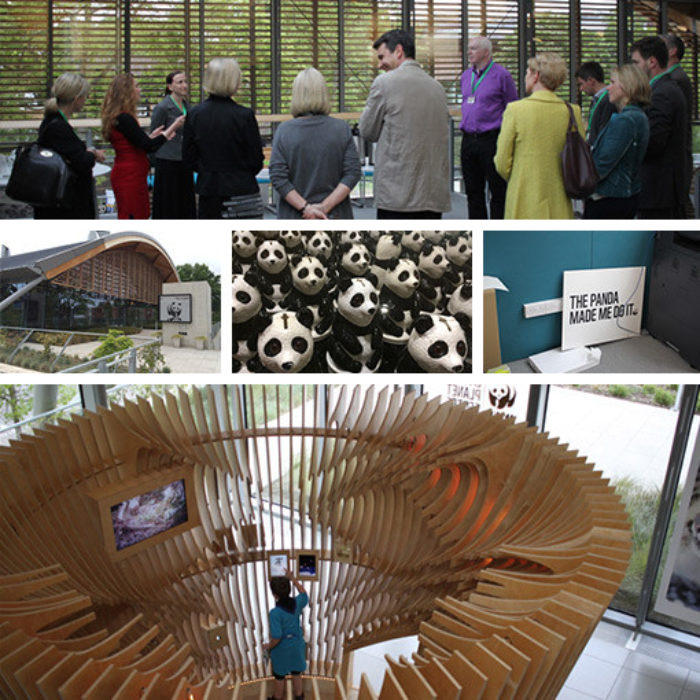Lens thinking
I’m yet to work on a project that presents a two-dimensional, black-and-white problem to solve. Real-world problems are complex, and because of differing audiences and other contextual factors, every real-world problem is unique.
Extra dimensions
To solve a real-world problem, it helps to think four-dimensionally… how have other similar problems been solved in the past? What worked, what didn’t work, and what can we learn from that?
To solve a real-world problem well, it helps to embrace probability by thinking five-dimensionally… based on what we know about the specific context we’re operating in, what’s likely to work?
Because every problem is different, we need to tailor solutions that are fit-for-context and therefore more likely to succeed. The risk when deviating from the tried-and-tested, however, is the possibility of overlooking something. Which can result in unintentional – potentially negative – consequences.
And that’s where lens thinking comes in.
Focal points
Each lens focuses on a specific part of the problem, or its potential solutions, to make sure that it’s not overlooked.
By looking at problems and possible solutions through a number of different lenses, we can mitigate the risk that comes with deviating from the familiar. Here are some examples of the types of lenses that we look through:
Design lenses:
- Functionality: We want to make sure whatever we design is fit-for-purpose and easy-to-use, in order to achieve the desired outcome.
- Aesthetics: Does it look good? Is it visually appealing?
Ethical lenses:
- Fairness, openness, and respect: Are we being fair, operationally transparent, and respectful to different audiences, cultures, beliefs, and mindsets?
- Diversity, equity, and inclusion: Is what we’re doing accessible to all audiences? Are we considering neurodiversity when thinking about ease of operation?
- Intentions and goals: Are we actually changing things for the better rather than just claiming to? Are we successfully avoiding, for example, greenwashing?
Inter-disciplinary lenses:
- Behavioural science: Are we working with the quirks of human decision making as opposed to against them?
- Data science: Are we acting in line with best-available knowledge and insight?
Audience lenses:
- Perspectives: Are we considering the perspective of/impact on all audiences?
Dimensional lenses:
- Space: Thinking three-dimensionally, are we using the right touchpoints?
- Time: Thinking four-dimensionally, is what we’re doing timely?
- Probability: Thinking five-dimensionally, is what we’re doing likely to be impactful? And is it likely to continue to be impactful in the context of the probable future?
These are just a few of the many lenses that help us fully understand behaviour change challenges. Which do you tend to use?
Let’s talk
If you’d like to chat about solving your behaviour change challenges, or want to discuss the best approach to designing and implementing behaviour change interventions, please drop me a line at Andrew.Drummond@corporateculture.co.uk




